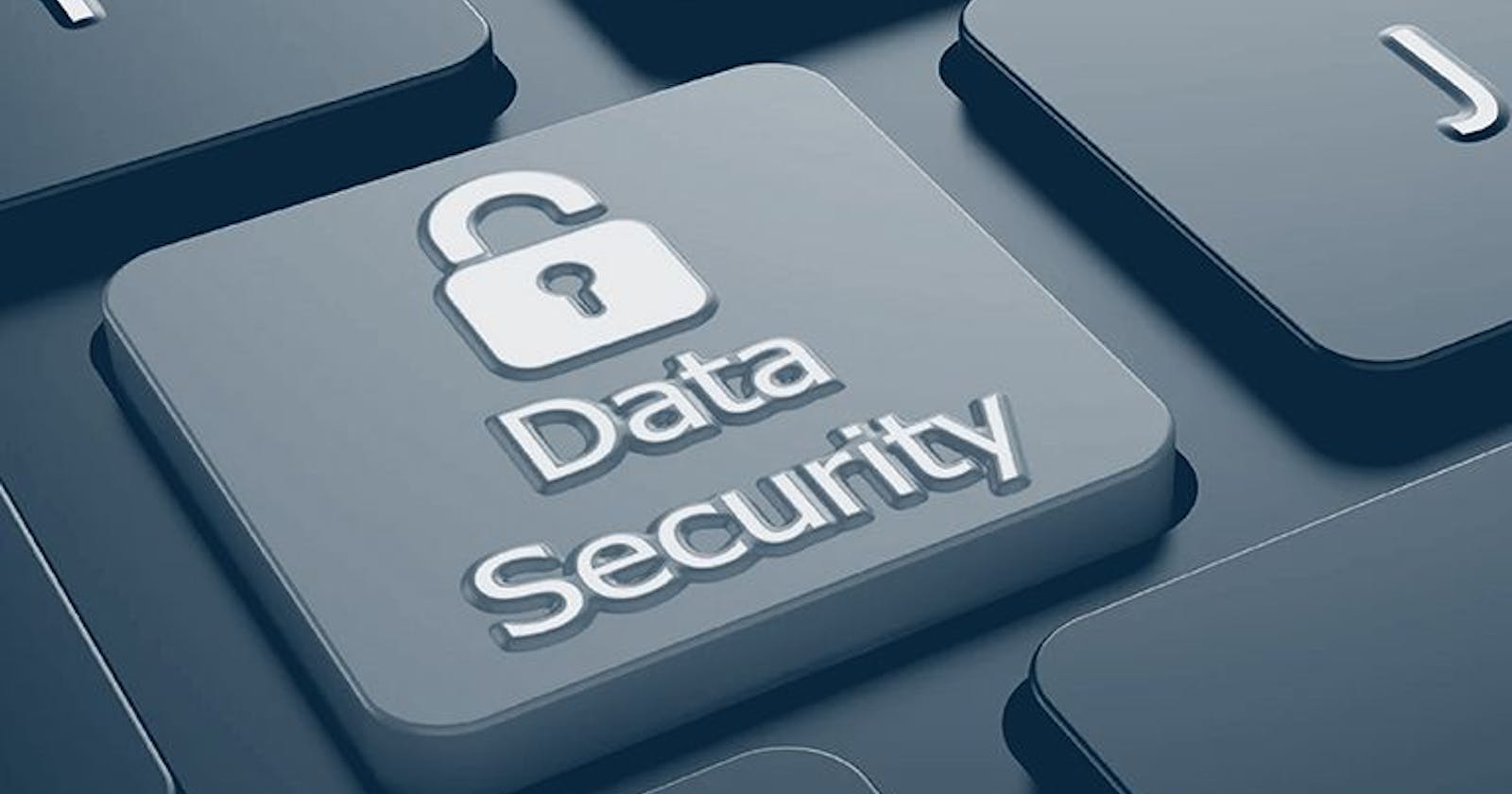You need to stay on guard and ensure that your company's data is safe. Confining data security best practices to the organization's size never helped in the past, nor will it work in the future.
From the server to the endpoint, around the network, at the office and the device of your customer, you should be everywhere, blocking any backdoor that could be out there.
Why? Because the risk is real—and growing. It is no secret that though cybercriminals often target large businesses, smaller organizations are also attractive to them. The logic is simple. Small businesses usually follow a common "not much to steal" mindset by using fewer controls and easy-to-breach data protection strategies.
Hackers accumulate consumer information with the clear intent of financially abusing organizations and consumers at large. In fact, according to Verizon's breach report, 71 percent of breaches are usually financially motivated.
Clearly, what cybercriminals gain is what consumers lose, and those losses add up.
Where Does Your Data Go and Who Uses It** It is impossible to protect something that you do not know exists. Therefore, you need to recognize your data and its sensitivity with a high degree of accuracy.
You should know exactly how the knowledge is being used, who uses it, and when it is being exchanged. Dig out and categorize the information from all over the world, including various devices and cloud providers, based on sensitivity and usability.
Next, build data security best practices, programs, and protocols around it.
Read more about the cybersecurity best practices to prevent such attacks here: https://www.loginradius.com/blog/start-with-identity/2020/12/data-security-best-practices/
